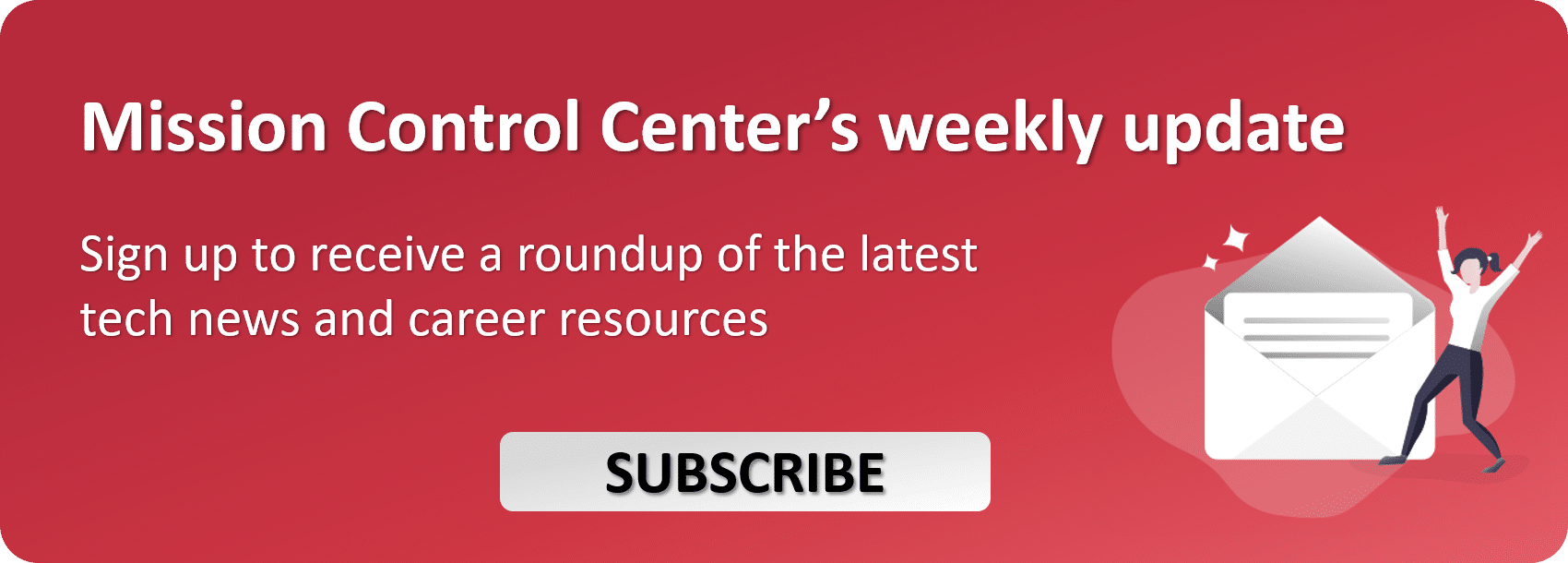One of the big advantages of working as a freelancer is flexibility. Flexibility in the choice of your schedule and yourplace of work. But also in the choice of your projects and the duration of your missions. Before to learn how to ensure a constant stream of work and how to advance your career, it’s necessary to know which assignments is the best for you. Short or long, the duration of an assignment is a determining factor in the choice of an assignment. And is often a key part of the career plan of an IT freelancer. So what length of mission to choose between Short or Long Assignments for IT Freelancer? What is a short or a long mission? What are the advantages and disadvantages of long and short assignments when you are an SAP consultant, a freelance web developer, or even a cybersecurity consultant?
Short or Long Assignments for IT Freelancer? Choosing a short assignment when you’re an IT freelancer
What is a short mission?
In the world of freelancing, we commonly call “short assignment” all assignments ranging from one day to 3 months of activity. However, in the field of technology and IT; where missions are on average longer than in other types of trades. We tend to consider as short missions all missions which duration is less than 6 months.
Particularly suited to professionals who have decided to go freelance; short assignments represent the ideal opportunity for a “beginner” freelancer to put their technical skills into practice. But also to expand their references and develop a significant capacity for adaptation.
What are the advantages of doing a short assignment for IT freelancer?
Short assignments are the opportunity for IT freelancers to string together different assignments for several clients in various industries. This heterogeneity of experiences is often favourable to the development of soft or interpersonal skills. And generally offers a rich educational environment.
For teleworking enthusiasts? Be aware that customers are more likely to offer you the opportunity to work remotely for short assignments.
In tech and IT, the duration of the assignment often depends on the area of expertise. And always falls within the time frame of the company’s needs. A consultant who participates in a two-year SAP migration project will a priori be more likely to be offered a long assignment. While a cybersecurity expert may intervene in the context of short assignments if it is to resolve temporary problems – although a holistic approach is often necessary and will result in longer assignments.
On the remuneration side, short assignments can be advantageous. Why? Quite simply because they often imply an urgent character. This will give you a better chance of getting a high ADR (Average Daily Rate). But who says short mission says more missions. You must be able to easily find projects or clients to avoid too long or too frequent intermission periods.
What are the downsides of short missions?
The main drawback of short assignments is the constant challenge of constantly having to look for a new assignment, thus requiring the regular renewal of your client portfolio.
This also translates into a very variable turnover. You must therefore expect to have to manage particularly irregular income.
Also note that short assignments do not favour integration into a team. If you have a strong need to belong to a group, chaining down short assignments can create loneliness and dissatisfaction in your day-to-day as an IT freelancer.
Short or Long Assignments for IT Freelancer? Choosing a long assignment
What is a long mission?
More and more companies are hiring freelancers for long IT projects. These long assignments last more than 6 months and can reach 24 months of activity with contract renewals.
Long assignments are generally entrusted to freelance consultants who have broad enough shoulders for hefty work.
Why favour long missions?
First of all, carrying out a long assignment ensures the IT freelancer has regular remuneration and medium-term visibility into their finances. Enough to take a weight off your shoulders.
In addition to this financial stability, this type of mission offers satisfaction to workers who favour work from A to Z on a project and who want full integration into an IT team – while retaining the freedom inherent to the freelance status.
Finally, long assignments can also be an opportunity to discover the work within an organization, to measure the possibility of a longer-term collaboration with permanent contract.
Also discover our interview “After 5 Years as a Freelance UX Designer, Things Are Going Well. Help! What’s the Next Step?”
What are the limits of long missions for IT freelancer?
Long assignments anchor the independent consultant in a certain routine which can be compared to the status of a permanent employee.
The experience obtained on a long mission is also often less rich and diverse than that resulting from a multitude of longer missions. But they allow you to go deeper into projects and develop other types of skills.
So, what should you choose when you are an IT freelancer?
There is no one mission duration that is better than another. The duration of the assignment is an adjustable variable which depends on the motivations and personality of each IT freelancer.
Depending on your preferences in terms of types of projects, your ability to easily find assignments, and your appetite for a team configuration, you will prefer short or long assignments. And remember: nothing prevents you from alternating long and short missions.





















